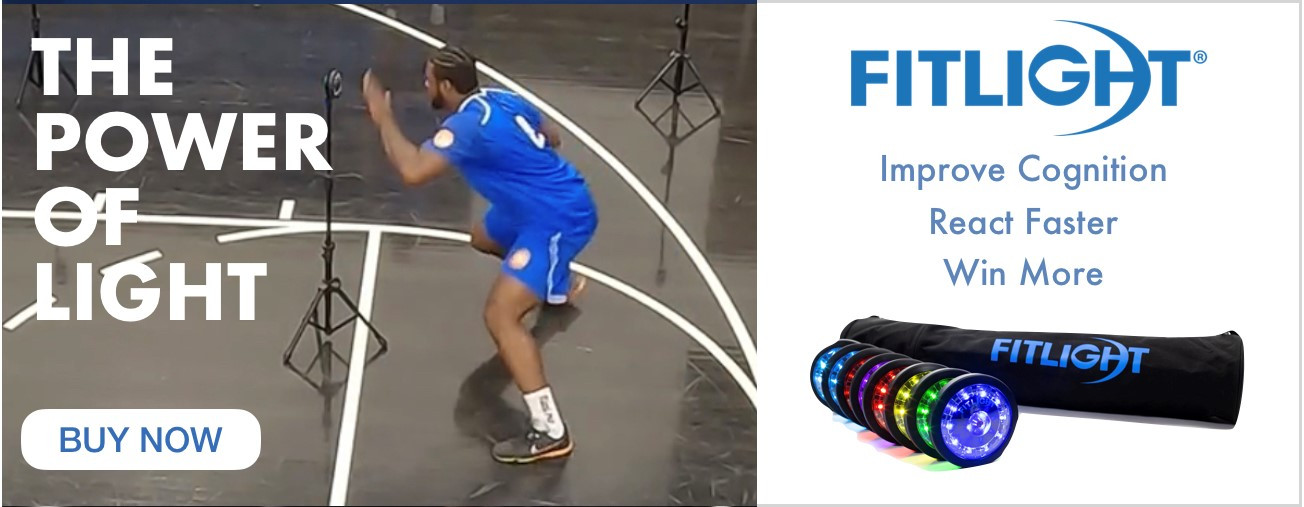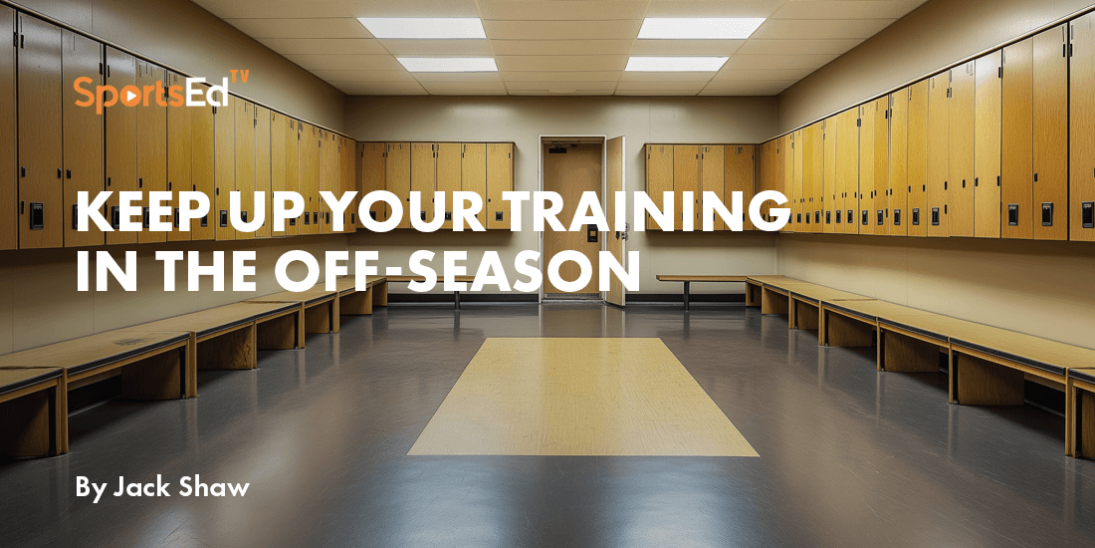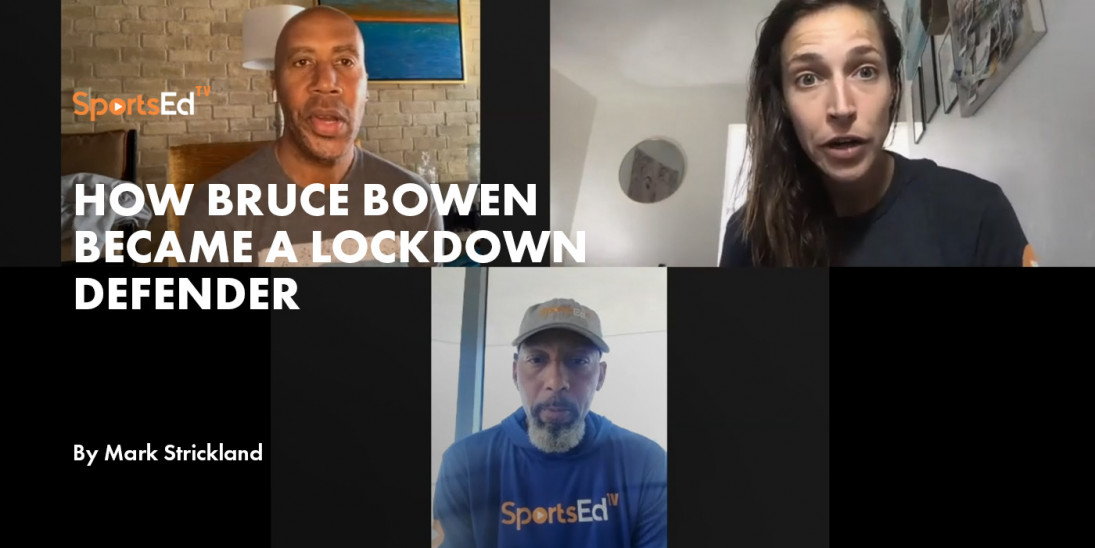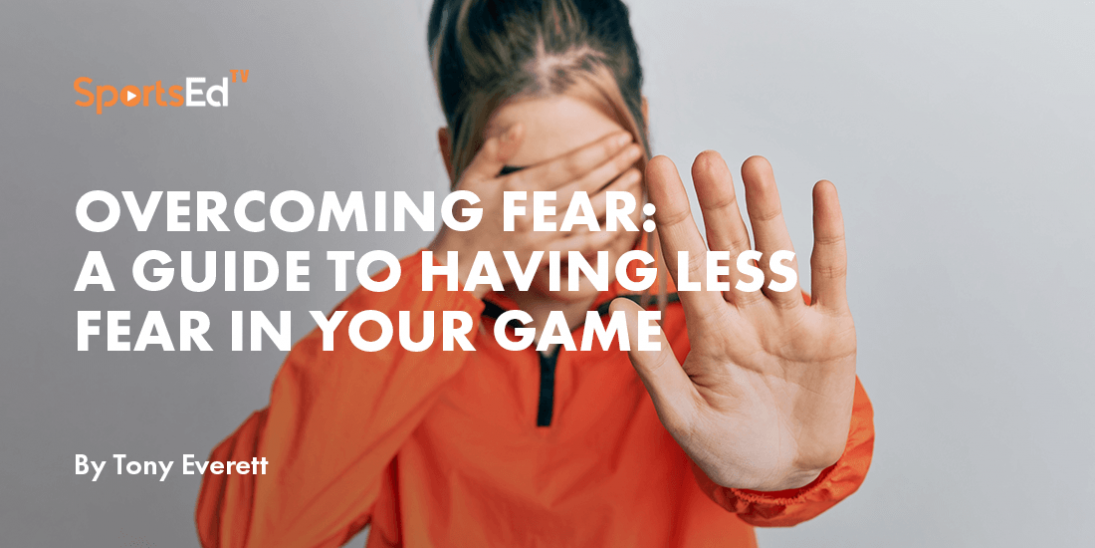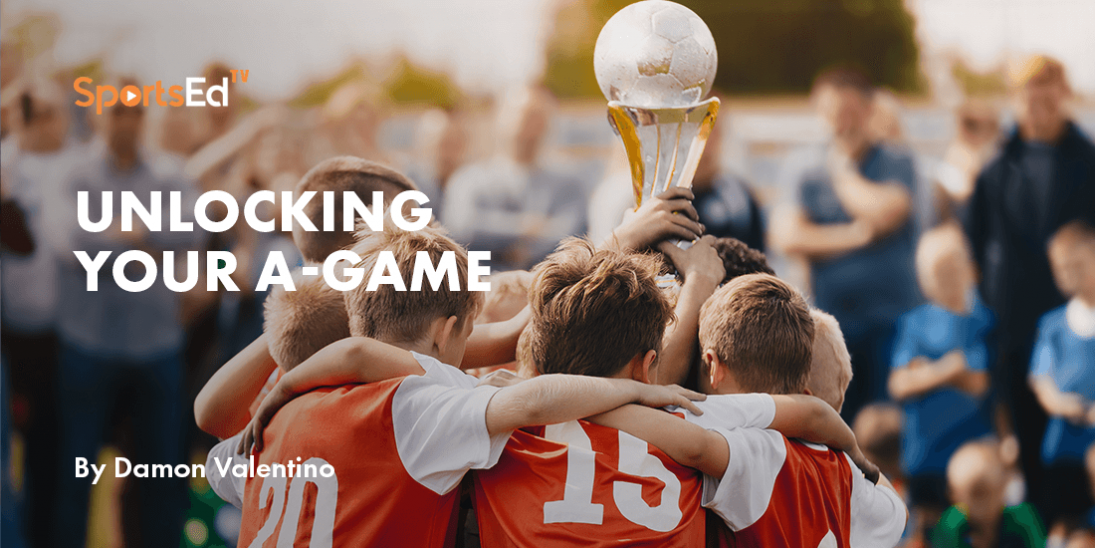Basketball
Welcome and thanks for visiting...

The 12 Steps of Basketball Shooting Basics
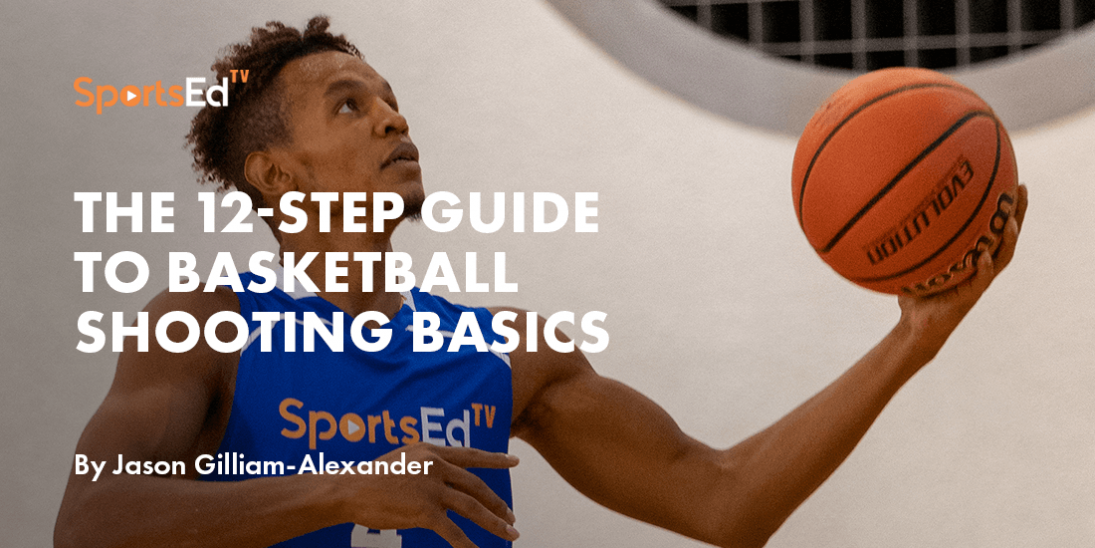
By Jason Gilliam-Alexander
Jason Alexander is one of SportsEdTV’s most valuable coaches. He has tirelessly produced many of our training videos. Jason recently produced this Basics of Shooting Guides sure to become a classic beginner’s tool for players, coaches, and parents in the world of basketball.
---Mark Strickland, Director of Basketball, SportsEdTV
What is shooting in basketball?
Shooting is the act of attempting to score points by throwing the basketball into the opposing team's hoop. It is one of the most important skills in basketball and is typically performed by shooting guards, small forwards, power forwards, and centers.
The objective of shooting is to throw the basketball into the hoop, which is typically located 10 feet above the ground. The shooter must release the ball with enough force and accuracy to get it past the defenders and into the hoop. The shooter can use a variety of techniques, such as a jump shot, layup, hook shot, or dunk, to score points.
A successful shot in basketball is worth either 2 or 3 points, depending on where the shot was taken from on the court. Shots taken from within the three-point line are worth 2 points, while shots taken from beyond the three-point line are worth 3 points. Shooting is a fundamental skill in basketball and is crucial for any player looking to be successful on the court.
Set Shooting in Basketball
Set shooting, also known as a set shot, is a type of shooting technique in basketball where the shooter takes a stationary position and shoots the ball without jumping or making any significant movements. It is a relatively old-fashioned technique that was more common in the early days of basketball but is still used by some players today.
In a set shot, the shooter usually positions themselves near the basket and stands still, using both hands to grip the ball. The shooter then aims and releases the ball with a smooth, consistent motion, without jumping or changing position. This technique is typically used for mid-range shots and is less effective for long-range shots or shots with a higher level of difficulty.
Compared to other shooting techniques, such as the jump shot or the fadeaway shot, set shooting can be less effective at creating space between the shooter and the defender, making it easier for defenders to block or contest the shot. Nonetheless, set shooting can be a useful skill for players who are not as athletic or who prefer a more controlled and consistent shooting style.
Set Shooting requires BEEF--Balance, Eyes, Elbow & Follow through.
The shooting hand should be behind the ball where the ball rests on slight fingertips. Wrists will lock in harmony with the elbow.
Guide hand should be on the side of the basketball or perpendicular to the shooting hand – able to give that hand a high five after a shot based on placement
Eyes will remain on the rim into the shot, while the shot is in the air and all the time until it makes or misses. Shoulders ought to be squared up or parallel with the basket.
The body is aligned with shoulders and feet, squared up to the basket
Jump Shooting in Basketball
Jump shooting is a type of shooting technique in basketball where the shooter jumps into the air while releasing the ball, typically used for mid-range or long-range shots. It is one of the most common shooting techniques in the sport and is used by players of all positions, but particularly shooting guards and small forwards.
In a jump shot, the shooter starts with the ball and takes a few dribbles, then jumps into the air while simultaneously releasing the ball with a smooth, consistent motion. The height of the jump allows the shooter to create space between themselves and the defender, making it more difficult for the defender to block or contest the shot.
Jump shots can be taken from various locations on the court, but are typically used for mid-range or long-range shots. This technique is especially effective for players who are good at creating their own shot, such as Kobe Bryant or Michael Jordan, or for players who have good shooting accuracy and can knock down shots from a variety of distances, such as Stephen Curry.
Compared to other shooting techniques, such as the set shot or the hook shot, jump shooting can be more difficult to master, as it requires a high level of athleticism, timing, and shooting accuracy. Nonetheless, it is an essential skill for any basketball player who wants to be a successful scorer on the court.
Jump Shooting
All of the set shooting mechanics apply.
The player ought to be shot-ready, which means, the player is on balance with feet, eyes on the passer, hips down, knees bent and hands ready to catch and shot.
The player meets the pass in the air and lands on two feet with a small pro-hop or jump stop.
Landing on two feet evenly provides balance, then, the player should explode off the ground vertically into the shot, releasing on the way up before reaching the apex height of the jump.
Hook Shooting in Basketball
Hook shooting is a type of shooting technique in basketball where the shooter uses a one-handed shot, making a circular motion with their shooting arm, resembling a hook. It is typically used by power forwards and centers when shooting close to the basket, especially when the shooter is closely guarded by the defender.
In a hook shot, the shooter starts with the ball, and instead of using a traditional shooting motion, they lift the ball with one hand, extend their shooting arm out and up, and then release the ball using a circular motion, flicking their wrist and fingers to create backspin on the ball. The shooter usually shoots the ball with their shooting hand, while using the other hand to stabilize and protect the ball from defenders.
Hook shots can be taken from various locations near the basket, but are typically used for shots in the low post or mid-range. This technique is especially effective for players who are taller and have a high release point, making it more difficult for defenders to block or contest the shot. Kareem Abdul-Jabbar, for example, was known for his deadly hook shot and used it to great effect throughout his career.
Compared to other shooting techniques, such as the jump shot or the layup, hook shooting can be more difficult to master, as it requires a high level of accuracy, touch, and finesse. Nonetheless, it is an essential skill for any power forward or center who wants to be a successful scorer near the basket.
Hook Shots
Hooks should be shot with the shoulder pointed directly toward the basket and the chest facing directly toward the sideline.
Footwork should be one–two, or, left foot – right foot when shooting hook with the right hand. Footwork would be one-two or right foot – left foot when shooting hook with the left hand.
The player should be holding the ball chest high, both hands until it's time to jump up and release the shot.
Again, a non-shooting shoulder should be buried in the defender’s chest or directly facing the basket. The eyes should be on the rim.
Non-Dominant Hand Shots
Non-dominant hand shots refer to a shooting technique in basketball where the shooter uses their non-dominant hand to shoot the ball, typically when their dominant hand is not available or not in the best position to take the shot. It is an important skill for any basketball player to have, as it allows the player to be more versatile and unpredictable on the court, making it more difficult for defenders to anticipate their moves.
In a non-dominant hand shot, the shooter uses their non-dominant hand to control the ball and release it towards the basket, typically with a layup or a short jump shot. This technique requires a high level of skill and coordination, as shooting with the non-dominant hand can be more difficult to control and aim accurately.
Players who practice shooting with their non-dominant hand can become more versatile and creative on the court, as they can use either hand to take shots and maneuver around defenders. It can also help players improve their ball-handling skills, as it requires a greater level of dexterity and control over the ball.
While shooting with the non-dominant hand can be more challenging than using the dominant hand, it is an important skill for any basketball player to have, as it can make them more effective and versatile on the court.
Non-dominant hand shots
Non-dominant hand shooting requires the same mechanics.
Most importantly, the shooting wrist and elbow must lock and follow through for layups, floaters and hooks, and or jump shots.
The elbow should be in to ensure the accuracy of the shot and follow through.
Driving shots, layups, or floaters
Driving shots, layups, and floaters are all types of shots that basketball players use to score points while driving toward the basket. These shots are typically used by guards and small forwards, who are quicker and more agile on the court.
A driving shot, as the name suggests, involves the shooter driving toward the basket and taking a shot while moving. This shot can be taken while the player is still in motion, either with a jump shot or a layup. Driving shots can be effective in creating space between the shooter and the defender, making it more difficult for the defender to block or contest the shot.
A layup is a type of shot where the shooter takes the ball and drives toward the basket, using one hand to release the ball high off the backboard and into the hoop. This shot is typically used when the shooter is near the basket and is closely guarded by the defender. A layup can be taken with either the dominant or non-dominant hand and is a fundamental skill for any basketball player.
A floater is a type of shot where the shooter takes the ball and floats it toward the basket, typically while moving or driving toward the basket. This shot is effective when the shooter is closely guarded by the defender and doesn't have a clear path to the basket. The floater is usually taken with one hand and requires a high level of touch and finesse to execute properly.
Driving shots, layups, and floaters are all essential skills for any basketball player looking to score points and be effective on the court. By mastering these skills, players can become more versatile and unpredictable, making it more difficult for defenders to stop them.
Driving shots, layups, or floaters
Driving shots, layups, or floaters, can be taken off the one–two footwork or pro-hp/jump stop footwork. The Follow-through technique still applies.
If using the backboard, the player's shoulder targets the top corner of the box on the same side as the shot, or, high off the glass and high arcing.
The basketball should hit above the basketball on the backboard and drop down into the hoop.
Mental Approach to Basketball Shooting
The mental approach of the shot is primarily derived from memory and visualization.
The more reps a player has shooting a particular shot, the more they can visualize making a shot before they shoot and the more their confidence level will be.
The focus should be on the basket – specifically the back of the rim.
Eyes should remain on the basket through the shot and NOT on the flight trajectory of the ball.
Consciously player should be shot ready: eyes on the ball, hips down, hands ready and feet set to catch and land on two feet for balance, then, into the shot.
Subconsciously, the player should be able to determine how much time and distance away from the defender is needed to get shot off.
Shooting While Being Fouled
Shooting while being fouled, also known as a "three-point play," is a type of shot in basketball where the shooter attempts a shot while being fouled by the defender, and still makes the shot despite the contact. The shooter is then awarded one free throw attempt, which, if made, results in a total of three points scored on the play.
Shooting while being fouled requires a high level of physicality, as the shooter must be able to absorb contact from the defender while still maintaining control of the ball and making the shot. This type of shot is typically used when the shooter is near the basket and is closely guarded by the defender, making it more difficult to take an uncontested shot.
To execute a successful three-point play, the shooter must have good body control, a strong shooting technique, and the ability to finish through contact. The shooter must also be aware of the defender's position and be able to adjust their shot accordingly to avoid being blocked.
A successful three-point play can be a game-changer in basketball, as it not only results in three points for the shooting team, but it can also lead to momentum shifts and demoralize the opposing team. It is an essential skill for any basketball player looking to be a clutch scorer and make an impact on the court.
Shooting While Being Fouled
In shooting while getting fouled, the player needs to maintain eye contact with the basket while the foul occurs.
Hopefully, the player executed good footwork had hips down and was shot-ready so that they can absorb contact and remain on balance through their core.
Rebounding Shots
Rebounding shots, also known as offensive rebounds, is a type of play in basketball where a player retrieves a missed shot from their own team and attempts to put the ball back into the basket. This type of play is important for maintaining possession of the ball and generating second-chance points.
To execute a successful rebounding shot, the player must be positioned in a good location to retrieve the ball after a missed shot. This may involve boxing out the opposing team's players to gain position under the basket or using quick reflexes and jumping ability to snag the ball before the defenders can get to it.
Once the player has secured the ball, they can attempt to put the ball back into the basket using a variety of techniques, such as a putback, layup, or dunk. Rebounding shots require a high level of athleticism, as the player must be able to jump quickly and maneuver in mid-air to get a good shot off.
Rebounding shots can be an important way for teams to generate extra points and create momentum on the court. They can also be an effective way for players to showcase their skills and athleticism, as well as their ability to hustle and work hard to secure possession of the ball.
In addition to offensive rebounds, there are also defensive rebounds, which involve a player retrieving a missed shot by the opposing team. Defensive rebounds are important for stopping the other team from scoring and can help set up fast breaks and other offensive plays.
Rebounding Shots
Rebounding shots involve anticipation, then, using coordinated footwork to position for a rebound.
If the rebound is close to the rim, the player can rebound the shot at the apex of a leap, square their body in the air, and release the shot back into the basket all in one motion.
Unable to shoot while mid-air, the player will land on two feet, then, use their feet to go back up into the appropriate shot.
Footwork and balance will be important to shoot immediately after rebounding as there will likely be physical contact from the defender.
Absorbing contact is needed through the use of core, low body strength, and choosing the correct shot type after rebounding.
Finding air space or creating separation prior to shooting is important.
That can be achieved through proper footwork pivoting, use of the body, and or the ability to jump away or over the defender all while maintaining proper body movement pending the shot.
Foul Shots
Foul shots, also known as free throws, are a type of shot in basketball that is awarded to a player after their opponent commits a foul. Foul shots are taken from the free-throw line and are worth one point each.
To take a foul shot, the player must stand behind the free throw line and shoot the ball toward the basket. The opposing team must stay behind the free-throw line until the ball leaves the shooter's hand, and the shooter's own team must stay behind the three-point line until the ball hits the rim.
Foul shots require a high level of shooting accuracy and concentration, as they are typically taken with no defenders around the shooter. A successful foul shot can be an important way for a team to generate points, especially in close games or during the closing minutes of a game.
There are two types of foul shots: technical fouls and personal fouls. Technical fouls are assessed for unsportsmanlike conduct and are usually awarded to a team rather than an individual player. Personal fouls are assessed for physical contact with an opposing player, such as pushing or tripping, and are awarded to the individual player who committed the foul.
Foul shots are an important part of the game of basketball, and players who can consistently make free throws can be valuable assets to their team. By practicing their shooting technique and maintaining focus and concentration on the court, players can improve their foul shot percentage and become more effective scorers.
Foul Shots
Foul shots require a routine – the same habits, ritual, and mechanics for every shot. The player receives the ball, both feet should be pointed toward the basket.
The knees and hips should be down. The eyes should be on the rim.
The player goes through a preferred routine, then, sets basketball in hand while hips are down and come up shooting.
The player should end the foul shot with heels off the ground, shooting hand and elbow locked in a follow-through position.
The guide hand or non-shooting hand should be perpendicular to the shooting hand. Again, eyes remain on the rim and not the flight of the basketball.
Shotting Behind Screens
Shooting behind screens is a type of shooting technique in basketball where the shooter uses a screen set by a teammate to create separation from the defender, allowing the shooter to take an open shot. This technique is commonly used by shooting guards and small forwards, who often need to create their own shot and generate points for their team.
To execute a successful shot behind a screen, the shooter must first communicate with their teammate who is setting the screen to ensure that they are in the right position. The shooter must then position themselves behind the screen and wait for the defender to get caught up in the screen.
Once the shooter has created separation from the defender, they can take a shot, either with a jump shot or a layup. This technique requires a high level of shooting accuracy and quick reflexes, as the shooter must be able to take the shot quickly before the defender can recover.
Shooting behind screens can be an effective way for players to create their own shots and generate points for their team. It requires a high level of teamwork and communication between the shooter and their teammate setting the screen, as well as the ability to read the defense and adjust the shot accordingly.
Players who can consistently make shots behind screens can be valuable assets to their team, as they can create scoring opportunities even when the opposing team's defense is tight. By practicing this technique and working on their shooting accuracy and timing, players can become more effective scorers and help their teams win more games.
Shooting Behind Screens
Shots from behind screens involve proper use of feet as the player is likely to be moving. Players can use the one–two footwork technique or pro-hop onto two feet method.
The bottom line is when it's time to shoot player’s weight is centered and equally distributed through footwork and balance.
Extremely important that players shooting behind the screen utilize proper spacing relative to the screener, be able to square up their feet and shoulders, then, utilize lower body strength to stop, square, and elevate because their hips were down.
Hands must be ready before catching of pass to make the shot rhythmic, fluid, quick, and in motion.
Post-shooting requires eyes on the basket, holding or following through until the ball makes or misses, and landing in the same place as the original shooting position.
The player must square up, then jump up and come straight up and down to maintain good body balance.
Using the Backboard
Using the backboard is a type of shooting technique in basketball where the shooter aims the ball to hit the backboard before it goes into the basket. This technique is typically used when shooting from close to the basket and can help increase the chances of making the shot.
To execute a successful shot using the backboard, the shooter must aim for a spot on the backboard where the ball will bounce into the basket. This can be accomplished by using the square on the backboard or by aiming for a specific spot on the backboard that the shooter has practiced hitting.
Using the backboard is an effective technique when shooting from close to the basket, especially when the shooter is closely guarded by the defender. It can help increase the size of the target, making it easier to make the shot.
In addition to increasing the chances of making the shot, using the backboard can also help reduce the impact of the shot, which can reduce the chances of the ball bouncing out of the basket. This is particularly important when shooting from an angle or when the shooter is off-balance.
Using the Backboard
Backboard use means shooting high off the glass.
Ball should hit the backboard above rim level and drop DOWN into the hoop.
The top-right and left-hand corner of the box is the proper placement to make the shot.
Follow-through of the shooting process provides basketball with proper backspin for soft touch off the backboard.
Spin and “English” off Backboard
Spin and "English" off the backboard is a type of shooting technique in basketball where the shooter uses spin and backspin on the ball to create a curved path toward the basket after hitting the backboard. This technique is typically used when shooting from an angle and can help increase the chances of making the shot.
To execute a successful shot using spin and "English," the shooter must first position themselves at an angle to the basket. The shooter must then shoot the ball with a backspin and a spin to the left or right, depending on the direction they want the ball to curve.
When the ball hits the backboard, the spin and backspin on the ball will cause it to curve toward the basket, increasing the chances of making the shot. This technique requires a high level of shooting accuracy and touch, as the shooter must be able to control the spin and backspin on the ball to make it curve in the desired direction.
Spin and "English" of the backboard can be an effective way for players to make shots from difficult angles and positions on the court. It requires a high level of skill and coordination, as well as the ability to read the defense and adjust the shot accordingly.
Spin and “English” off Backboard
Using the “English” ball spin technique when shooting off the backboard is very useful, particularly when the window for releasing a shot is tight, small, or contested.
Typically, the ball should hit high above the rim on the appropriate top corner of the box.
However, when the defense doesn’t allow for a standard backboard shot and placement, a player can use “English” or spin.
When using the far right or far left side of the backboard English can be applied to place the ball further away than the top corner of the box.
The English or spin allows the basketball to move a greater distance off the backboard to the rim. The English or spin should be in the same direction as the player wants the ball to move.

